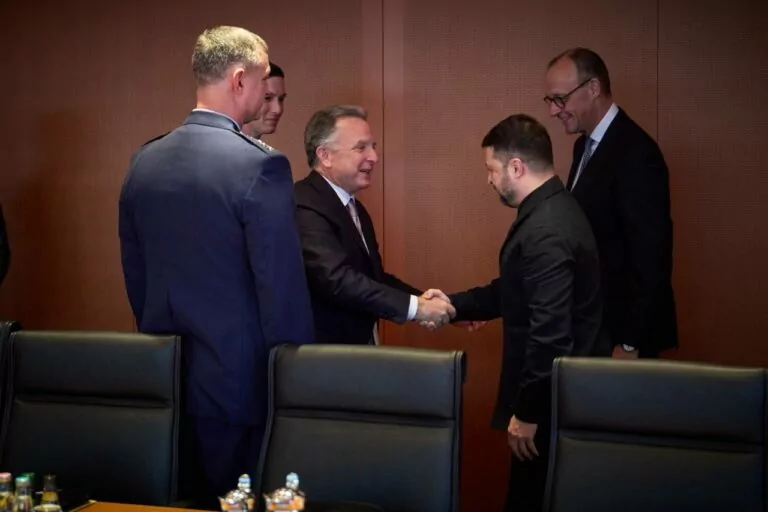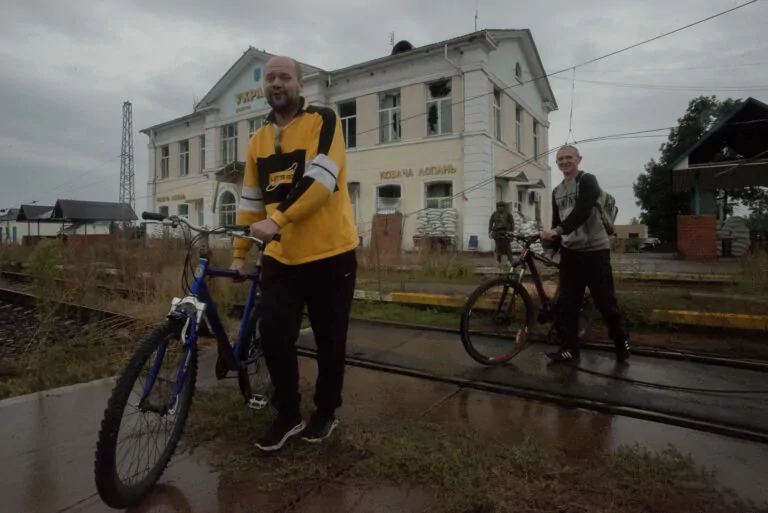UKRAINE, KHARKIV OBLAST, June 11 — Brenda Hollis, Head of Investigations for International Crimes Committed in Ukraine from the Office of the Prosecutor of the International Criminal Court, and other local officials visited the impact sites of Russian attacks on civilian infrastructure in the Kharkiv region.
Kupiansk is 24 miles from the Russian border. The city is the largest railway hub in the region after the city of Kharkiv, and the occupation of Kupiansk is a strategically important target for the Russian troops. It was already seized by Moscow in 2022, — and liberated during the Kharkiv counteroffensive.
First, they visited the frontline city of Kupiansk, which the Russian army shells systematically. Andrii Besedin, head of the Kupiansk City Military Administration, told Hollis about the situation in the Kupiansk community and the Russian terror of civilians that has been going on since the Ukrainian military deoccupied the community.
Brenda Hollis also visited the destroyed building of the police station in the city, where the Russian military organised a torture chamber.
Also in Kharkiv, Brenda Hollis and Yurii Belousov visited a hypermarket that was destroyed by a Russian bomb attack. The Russian strike on May 25 killed 19 and injured 54 people.
Kharkiv Mayor Ihor Terekhov reports that in May alone, the Russians attacked the city 76 times. This is almost three times more than in April. The Russians dropped glide bombs on the city 37 times. They also launched missiles, conducted 12 Shahed UAV strikes, and three Lancet drone strikes.
Read more
- On June 10, Russian troops dropped three glide bombs (UMPB D-30) on the Saltivskyi and Kyivskyi districts of Kharkiv, killing one and injuring seven people, reported Kharkiv Oblast Governor Oleh Syniehubov.




